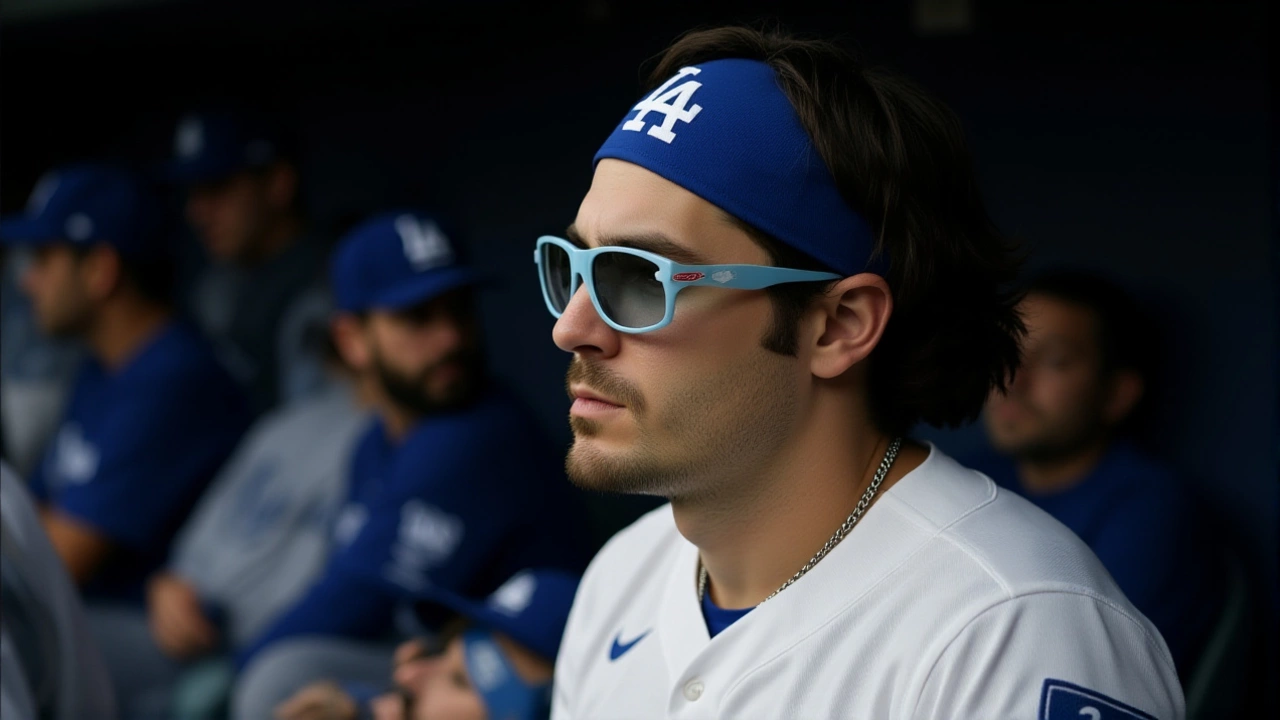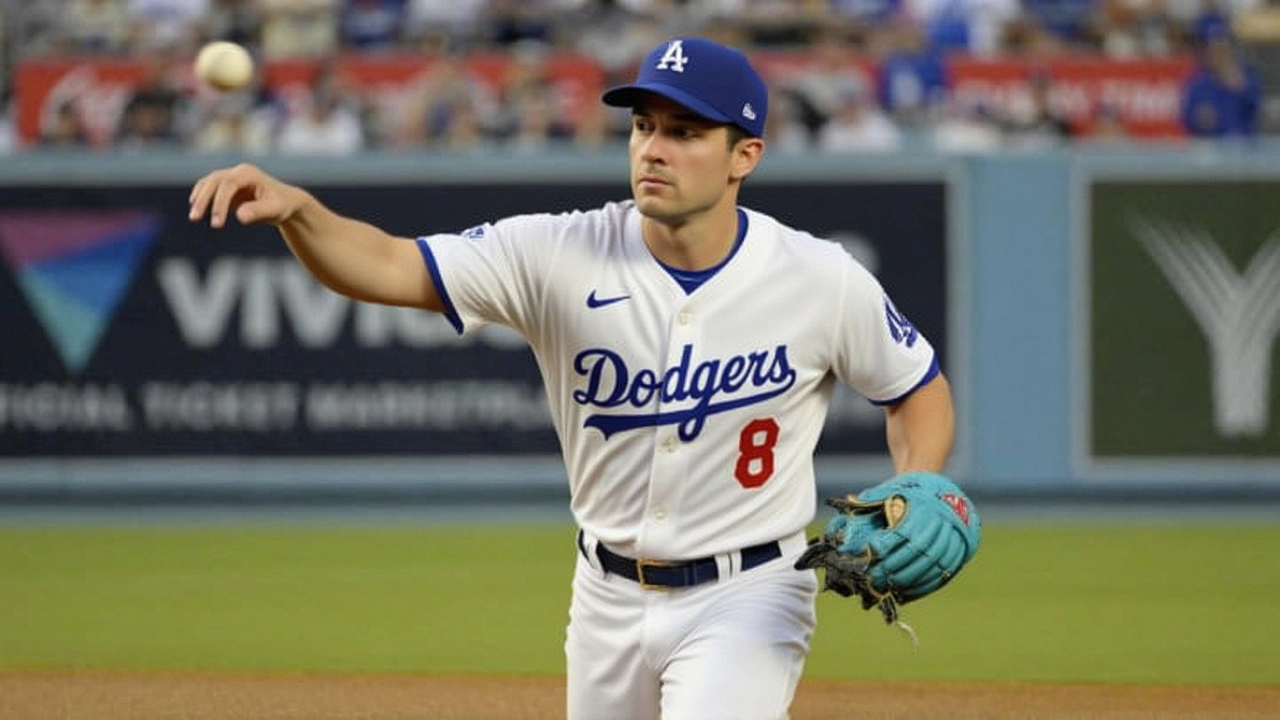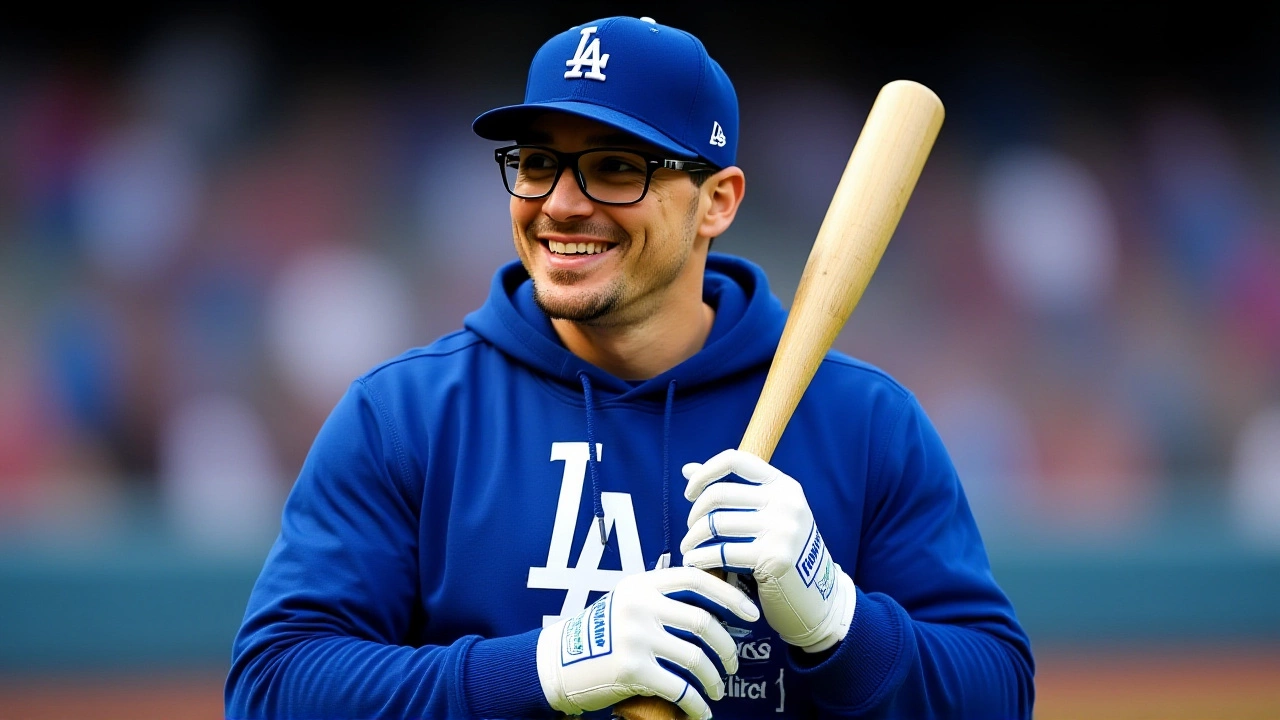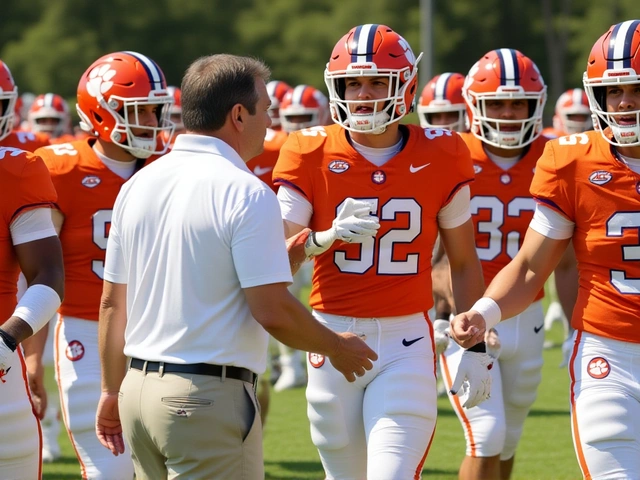At 34, Kiké Hernández doesn’t just play baseball—he negotiates with his own metabolism. Hours after crushing a 407-foot home run with a 108.3 mph exit velocity in Game 3 of the 2025 World Series Dodger Stadium, the Los Angeles Dodgers veteran turned to the mic and dropped a line that’s already gone viral: “Late night snacks start sending receipts.” It wasn’t just a joke. It was a biological report card.
The Body Doesn’t Forgive Like It Used To
Hernández’s comment came during a 15-minute postgame media scrum at Dodger Stadium on October 29, 2025, at 11:47 PM Pacific Time. He wasn’t talking about pizza or ice cream. He was talking about science. “At 24, you could eat a whole pizza at 2 a.m. and wake up looking like you just ran a 5K,” he said. “At 34? One midnight empanada shows up on the scale by Tuesday.” The numbers back him up. According to the Los Angeles Dodgers’s sports science department, which runs a $2.3 million annual program, Hernández’s body fat percentage sits at 11.3%—down from 12.1% last year, despite a 20% increase in late-night cravings. His daily intake? A meticulously tracked 2,800 calories: 165g protein, 310g carbs, 75g fats. Every bite logged in MyFitnessPal, audited by team dietitian Jessica Katz. Even his Caribbean Fusion meals—plantains, grilled mahi-mahi, guava glaze—are weighed and scanned.Metabolic Aging: The Silent Contract Negotiator
The real stakes? Hernández’s contract expires November 1, 2025. He’s a free agent, represented by Boras Corporation, and his next deal hinges on more than just batting average. His 2025 stats—.248, 14 HR, 58 RBI—are solid, but what’s catching scouts’ eyes is his 27.5% strikeout rate, a career low. More importantly: his biometrics. Team physician Dr. Neal ElAttrache confirmed on October 30 that Hernández’s testosterone level is 487 ng/dL—normal, but down from 580 in 2022. Growth hormone? 1.8 ng/mL, below the 5.0 threshold. “It’s not pathology,” ElAttrache told reporters. “It’s physiology. His body’s adapting.” The American College of Sports Medicine says athletes lose 3-5% of their basal metabolic rate per decade after 30. For Hernández, that means cutting 250 calories daily just to stay in shape. He walks 13,000 steps a day. He wears a WHOOP strap that tracks heart rate variability. His glucose is monitored via Dexcom G7—because a spike at 1 a.m. can mean a fat gain by dawn.
The Dodgers’ Science Machine
This isn’t just about Hernández. It’s about the entire Los Angeles Dodgers ecosystem. Under Matt Index, the team’s Director of Performance, every 40-man roster player is on a personalized biometric plan. The department runs 85 full-time trainers, 12 nutritionists, and a performance kitchen at Dodger Stadium that prepares 1,200+ meals daily—each one calibrated to individual DNA, sleep patterns, and recovery metrics. Hernández’s “Caribbean Fusion” plan? It’s not just flavor. It’s functional. Plantains provide slow-digesting carbs. Guava has polyphenols that help insulin sensitivity. His meals are designed to blunt cortisol spikes after midnight—when his cravings hit hardest.What Comes Next?
On November 15, 2025, Hernández reports to Camelback Ranch in Glendale, Arizona, for the Dodgers’ mandatory offseason program. He’ll undergo 16 strength sessions per week and a full DEXA scan on December 1, 2025. If his body fat creeps above 12%, it could signal a decline in durability—something front office execs like Stan Kasten won’t ignore. The twist? Hernández’s performance in the 2025 World Series didn’t just prove he can still hit. It proved he can still outsmart his own biology. “I’m not slowing down,” he told reporters. “I’m just paying more attention to the receipts.”
The Bigger Picture for Veteran Athletes
Hernández isn’t alone. Players like Albert Pujols, Ichiro Suzuki, and now, at 35, Mookie Betts are all navigating the same invisible battle: metabolism vs. motivation. The difference? Today’s teams have the tools to quantify it. What used to be anecdotal—“he’s lost a step”—is now data-driven: “his VO2 max dropped 8% since age 32.” For aging stars, the game isn’t just about skill anymore. It’s about science. And the receipts? They’re digital now.Frequently Asked Questions
How does metabolic aging affect MLB players’ contracts?
Teams now use biometric data—testosterone levels, body fat percentage, glucose response—to predict durability. Hernández’s 11.3% body fat and declining growth hormone levels could impact his next contract, even if his stats are strong. Teams favor players who maintain metabolic efficiency, especially past age 32.
Why is Kiké Hernández’s 407-foot home run significant?
That homer came at 108.3 mph exit velocity—the hardest of his career—and was hit in the 8th inning of a World Series game. For a 34-year-old with a documented metabolic slowdown, that power output suggests his training regimen is working better than most age-related trends predict.
What’s the role of the Dodgers’ $2.3 million sports science department?
It monitors every player’s sleep, glucose, heart rate variability, and muscle recovery using WHOOP, Dexcom, and DEXA scans. The goal isn’t just performance—it’s longevity. For veterans like Hernández, it’s the difference between a one-year deal and a multi-year extension.
How does Hernández’s diet differ from younger players?
While younger players focus on muscle gain, Hernández’s “Caribbean Fusion” plan prioritizes metabolic stability: lower glycemic carbs, higher fiber, and timed protein intake to prevent fat storage. He avoids simple sugars after 7 p.m.—a rule enforced by his dietitian and tracked via MyFitnessPal.
When will we know if Hernández gets a new contract?
Free agency officially opens November 1, 2025. Hernández’s December 1, 2025, DEXA scan at Camelback Ranch will be a key factor. If his body fat stays under 12% and his power metrics hold, he could land a two-year deal. If not, he may need to accept a one-year, prove-it contract.
Is this trend unique to baseball?
No. NBA stars like LeBron James and NFL legends like Tom Brady use similar biometric tracking. But baseball’s longer season and lack of contact make metabolic efficiency even more critical. A 2% drop in bat speed can cost you a starting spot. That’s why the receipts matter.





